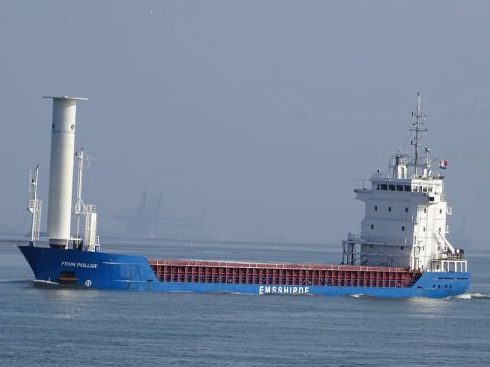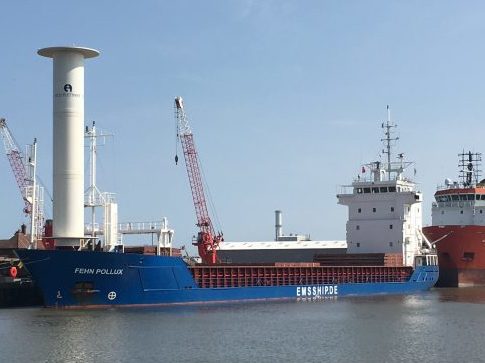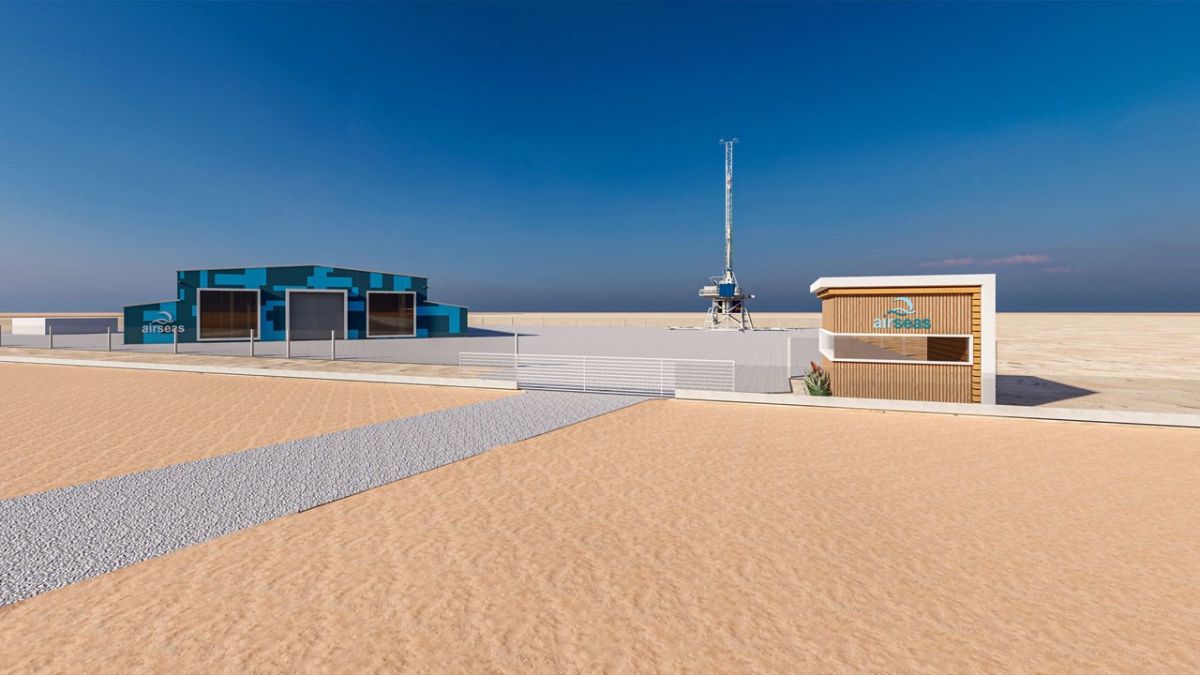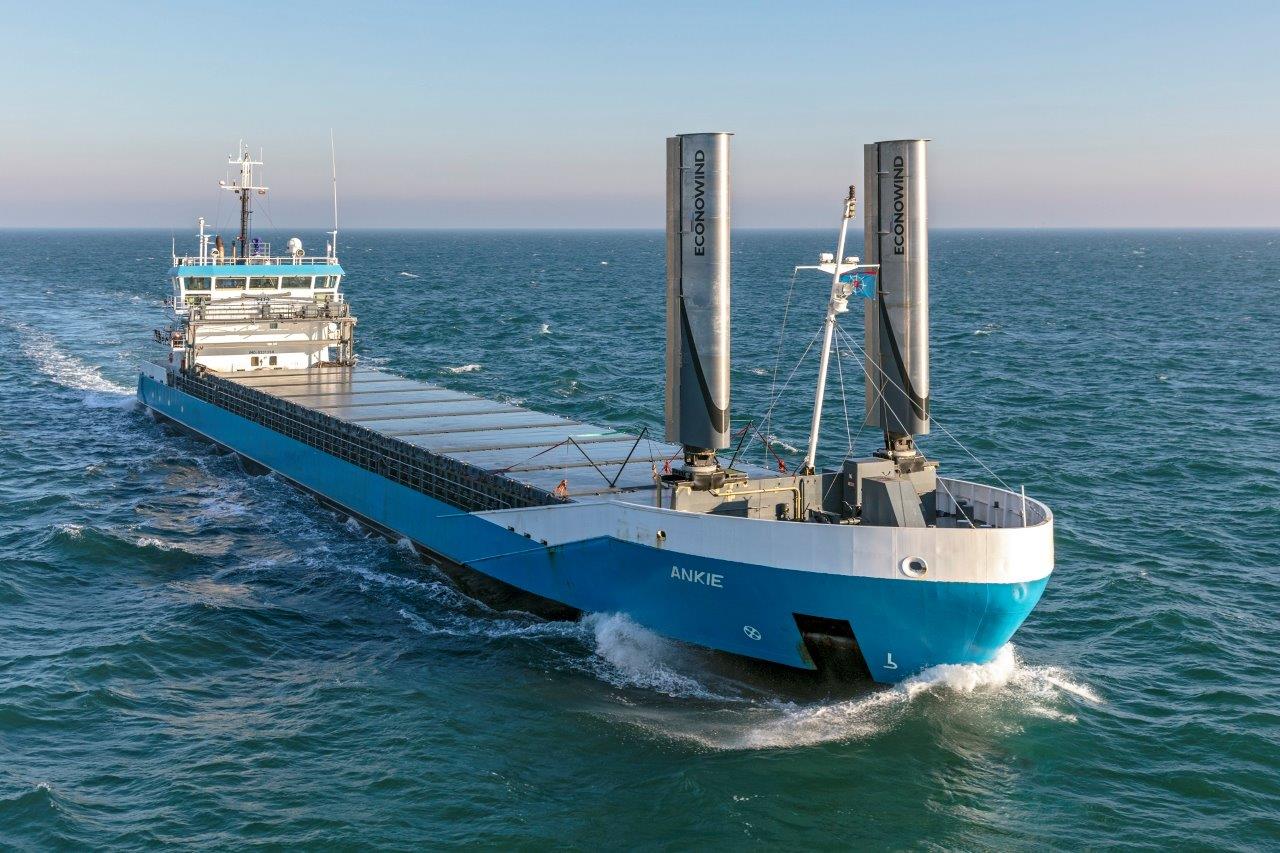PRESS RELEASE: The performance of the EcoFlettner, which has been tested on the MV Fehn Pollux since July, clearly exceeds the expectations of the scientists. “The data we
have evaluated so far signifcantly outmatch those of our model calculations,” says Professor Michael Vahs, who has been researching the topic of wind propulsion for
seagoing vessels at the University of Applied Science Emden / Leer for more than 15 years.”In perfect conditions, this prototype delivers more thrust than the main engine.”
15 companies from around Leer have been involved in the development and construction of the sailing system. The whole project is funded by the EU and coordinated
by Mariko in Leer. The rotor is 18 meters high and has a diameter of three meters. After lengthy test runs ashore, the rotor is now being tested under real conditions aboard 90-
meter-long multi-purpose freighter MV Fehn Pollux. The University of Applied Sciences has developed a purpose-made measuring and control system for this project, which enables scientists to gather transparent and reliable performance data. „For the frst time we are able to get precise thrust measurements for a Flettner rotor,” says Professor Vahs.
On board MV Fehn Pollux more than 50 different data are continuously collected and computed in real time by the Flettner control system on the bridge. The computer uses the data to calculate the optimum settings for the rotor under the current conditions.
“The longer the trial lasts and the more data we get, the more accurate the results will be,” says Professor Vahs, who has been with the project from the beginning. „But the data gathered so far allows us to say, that the EcoFlettner saves a noticeable amount of fuel. We are also able to prove, that for ship owners the investment into this sailing system is worth considering, because it pays off in a few years.”


































